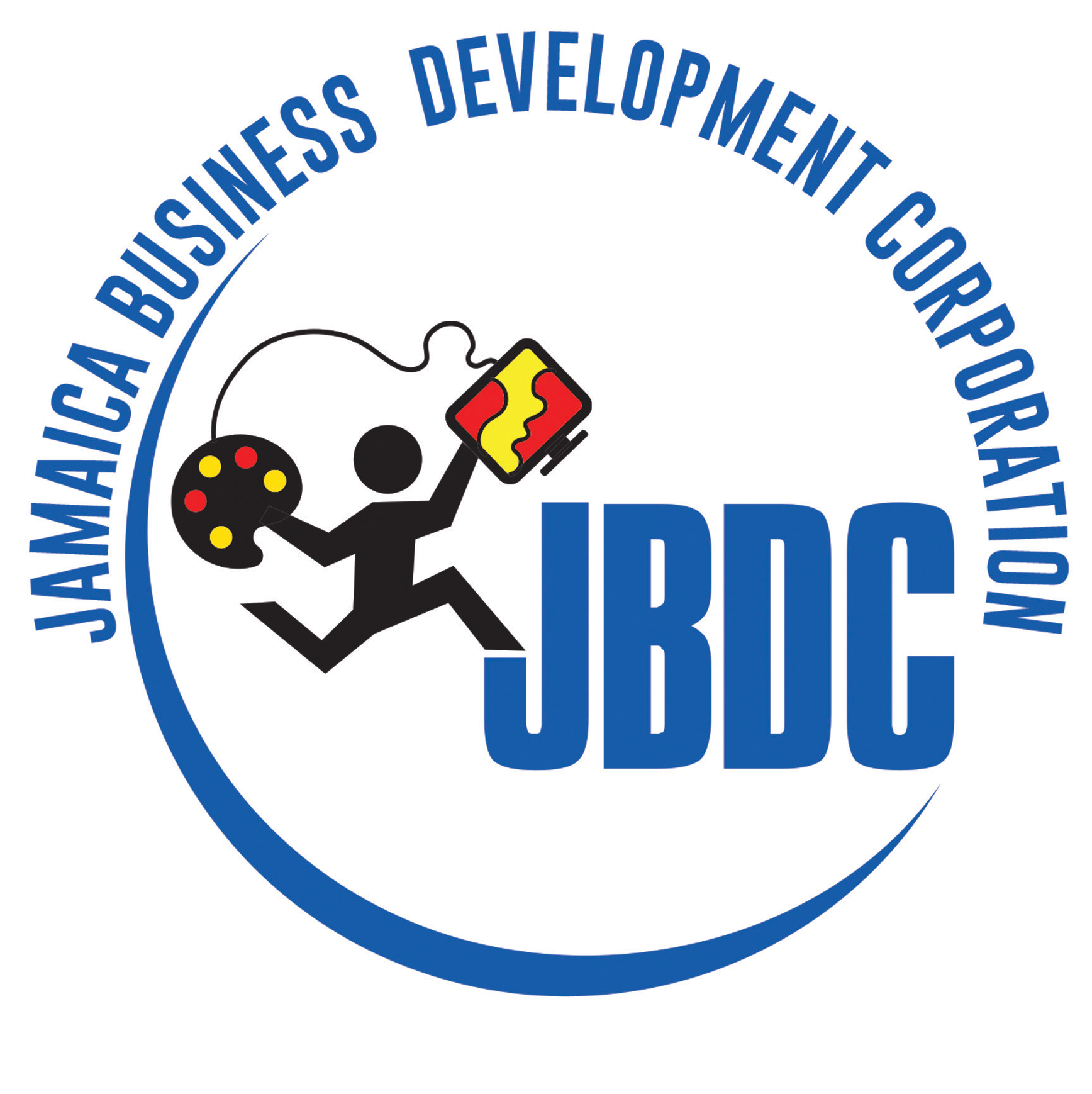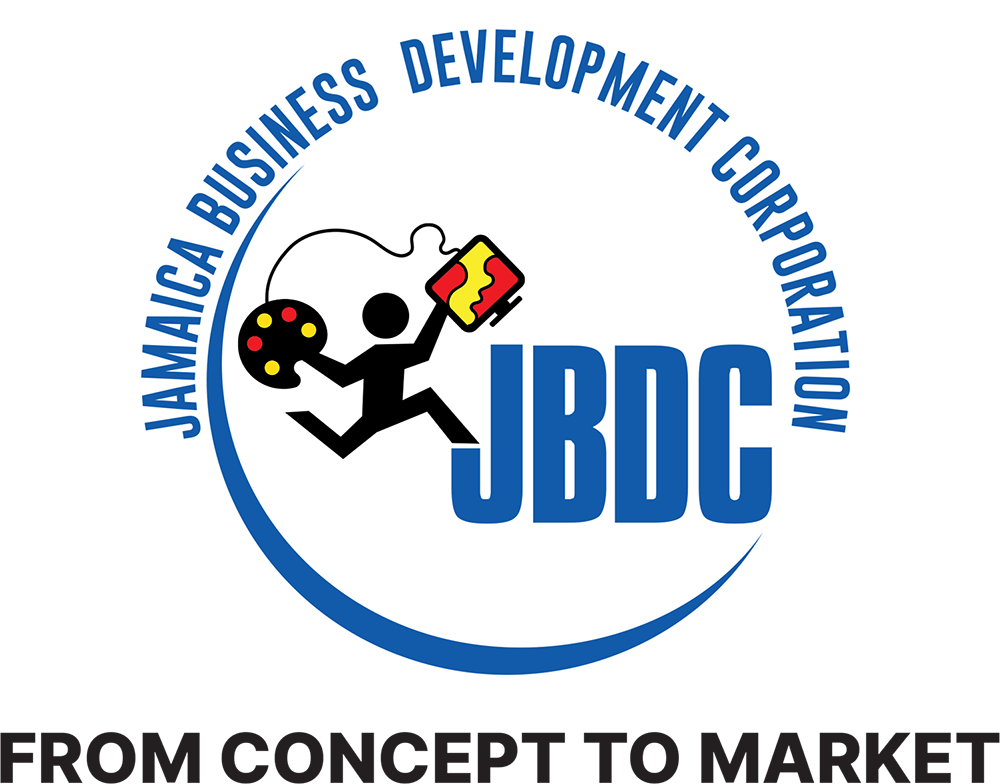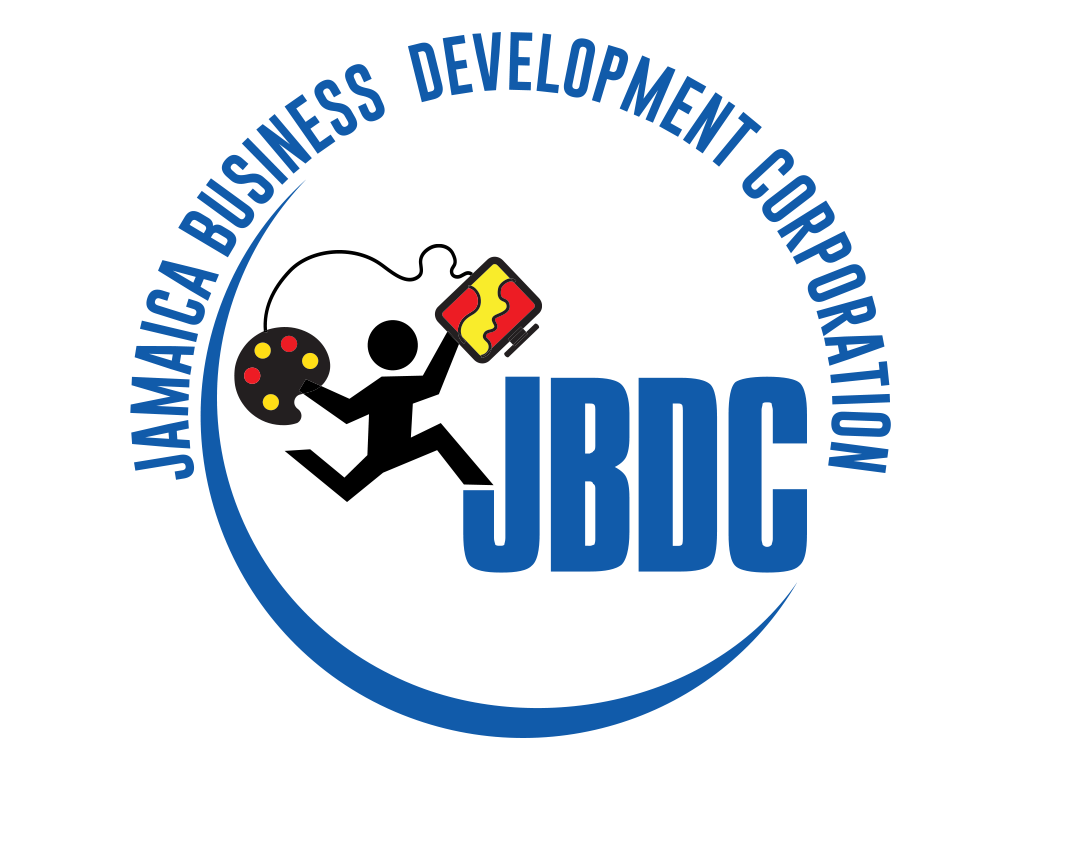It has been a ‘September to Remember’ as the Jamaica Business Development Corporation (JBDC) zoned in on Distribution and Customer Management. Entrepreneur Weekly popped in on the Virtual Biz Zone Webinar on Inventory Management Techniques and captured 6 techniques that entrepreneurs must never forget.
The webinar was conducted by JBDC’s Inventory Management Officer, Mr. Haron Spencer who manages the flow of things in the Things Jamaican™ warehouse. According to Haron, some businesses use a mixture of these techniques as there is at times no “one-size-fits-all” approach. Below are the common ones:
First in, First Out (FIFO) vs Last in, First Out (LIFO) – These are accounting methods (also known as “costing”) based on how products move through your warehouse.
FIFO is a useful system for business that sells the oldest inventory first. If it was first into the warehouse, it should also be first out the door when someone orders the product. This keeps inventory as fresh as possible, which is essential for perishable or expiring goods.
LIFO is the opposite of FIFO, ensuring that the most recently received inventory is the first out the door. FIFO is the default costing method, but LIFO makes sense for businesses that do not ship perishable goods.

Demand Forecasting/ Sales Projections – This assists in your understanding of the quantity of each product you must always keep available to satisfy consumer demand. This is crucial for inventory management because it enables you to establish reorder goals when you achieve the minimum quantity of a product you should have on hand. To modify your minimum quantities and reordering targets, you should review your demand prediction every quarter. Seasons, trends, the price of raw materials, and other variables influence demand. In the following business tiers, demand forecasting techniques differ:
New businesses – Until they have their own sales experience, new enterprises may need to rely on assumptions and industry statistics.
Established businesses – For well-established companies, past sales data should serve as the basis for demand forecasts.

Minimum Order Quantity vs. Economic Order Quantity – When reordering products, you should be familiar with these two methods:
Minimum Order Quantity (MOQ) – These focus on maintaining the minimum amount of each product type a seller is willing to fulfill. High-ticket items tend to have a lower MOQ, while low-cost items often have a higher MOQ. When reordering products, consider a supplier’s MOQ for a particular product against your own sales projections.
Economic Order Quantity (EOQ) – This is commonly used for manufacturers, which have to account for variable costs like raw materials, production and fluctuating demand. It is designed for companies to keep costs down by purchasing the greatest amount possible of multiple product units to minimise the need to reorder items individually.
ABC Analysis – An ABC analysis helps you understand what products are most profitable and which are most costly. As the name suggests, it breaks products down into three categories:
A: These products are the most valuable and cost the least to store long term. These products contribute greatly to a business’s profitability.
B: These are mid-range products that are important sales to make, but not as big ticket as products in the A category.
C: These tend to be small-ticket items with high turnover. Individual sales of these products are not as important to a business as items in the A or B categories, but high volumes of C product sales are critical to profitability.

Safety Stock Inventory – This is tied to your sales projections and influences your reorder quantities. It is especially important to your bestselling or essential products. Safety stock is the extra inventory you order beyond your expected demand. While over-ordering is never advisable, it is useful to have a few more units than you expect you will need, especially if you anticipate that item will continue to be a hot seller.
Drop Shipping – This is the process of receiving an order from a customer and having your supplier/distributor ship the products directly to the customer. This cuts out the need for a storage facility or for keeping any inventory on hand. It is best reserved for rare orders or items you cannot accommodate in your warehouse, because it means your customer’s satisfaction is in the hands of your supplier, rather than your own business.
Now, if you have been struggling with inventory management, you have come to the right place and we hope that you have found these tips useful and will put them into practice. To view the entire session with Haron, visit our YouTube page @JBDCJamaica and let the business binge begin! And, do subscribe to the channel so that you never miss a beat.











